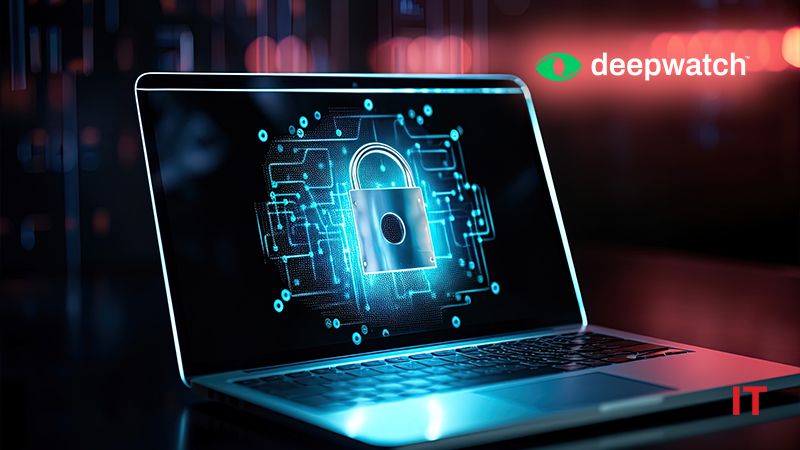Deepwatch, the leading managed security platform for the cyber resilient enterprise, announced the launch of Threat Signal, its standalone forensic-focused operations service. Deepwatch designed Threat Signal to enhance companies’ cybersecurity defenses, proactively identify and help mitigate attack vectors, and stay ahead of evolving risks to strengthen cyber resilience.
Threat Signal provides protection beyond traditional security measures, finding advanced cyber threats that have bypassed existing controls by leveraging the latest attacker methodologies to stay in tune with the constantly evolving threat landscape. Using an “outside-in” methodology, Threat Signal evaluates an organization’s externally accessible presence from an attacker’s perspective to pinpoint and investigate risky systems and services. This informs the initial investigation and allows Deepwatch Experts to leverage advanced capabilities through organic intelligence, deep forensics, and threat hunting.
According to Forrester’s “How to Make Threat Intelligence Actionable” report¹, “Over time, companies need to move beyond tactical use cases. Threat hunting can uncover threats that have bypassed traditional security tools, allowing companies to stop attacks earlier to minimize disruptions. As Forrester’s Threat Hunting 101 report describes, threat intelligence is vital because it provides insights into the TTPs of threat actors and details on how malware behaves. If time, expertise, and resources are constrained, consider leveraging an external service provider to conduct the threat-hunting exercise as an annual consulting engagement.”
Also Read: Intelligencia AI, HealthTech company, appoints the president of its Scientific Advisory Committee
Threat Signal provides tailored and proactive security measures through customer-specific intelligence that takes an organization’s unique attack surface, business risks, and the latest adversary intelligence or “threat cases” into account. Threat Signal’s additional features and capabilities include:
- Deepwatch Experts – Seasoned forensic security experts perform in-depth investigations, identifying threats before they disrupt an organization.
- Attack Surface Profiles – These profiles provide a customer actionable report, detailing external opportunity areas that an attacker could leverage against an organization, including high-risk opportunities, mitigation recommendations, and threat hunting leads.
- Forensic-Agent-Based Threat Hunting Engagements – Deepwatch’s specialists consistently engage in hunting activities to reveal concealed threats within a company’s infrastructure and provide a threat hunt summary report with detailed observations and any actions that the customer took during that hunt cycle.
- Reporting and Reviews – Deepwatch provides customers with reports, including:
- Weekly intelligence brief reports on analyzed open-source intelligence with Deepwatch recommendations.
- Summary presentations on the solution engagement status, including but not limited to hunting reports.
- Up to two executive reviews of the solution and observables per year.
- Ad-hoc awareness briefs of security advisories based on Deepwatch threat criteria.
- Annual intelligence reports on incident lessons learned and predictions.
- Malware Analysis – Deepwatch’s Adversary Tactics and Intelligence (ATI) team analyze collected malware and provide a report.
- Enhanced Security – Deepwatch’s MDR customers benefit from cross-collaborative security operations, harnessing advanced threat detection, and hyper-responsive capabilities.
“As security professionals, we look to enhance a company’s security readiness. To do that, it’s critical for them to look beyond their existing security controls to ensure they are identifying and proactively protecting the business from external threats,” said Jerrod Barton, VP, Cyber Operations & Intelligence for Deepwatch. “With Threat Signal, we’re able to help our enterprise customers view their security readiness through the lens of the ‘attackers,’ ensuring that they can rapidly respond to any incoming threats, which in turn helps them elevate their cyber resilience.”
SOURCE: Businesswire
































